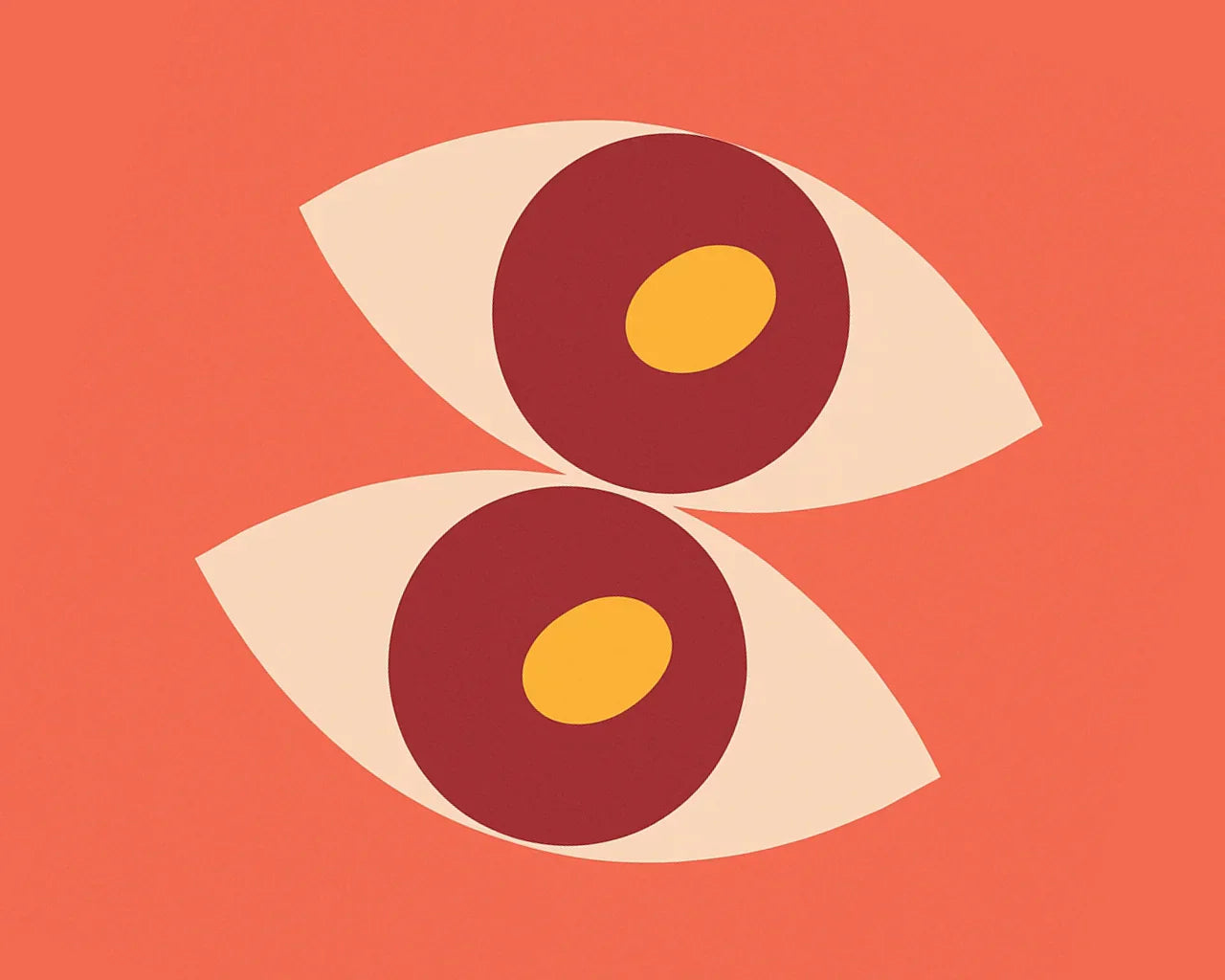Double Vision

Double vision, medically known as diplopia, is a visual condition in which a person sees two images of a single object. These images may appear side by side, on top of each other, or both, depending on the cause. While sometimes temporary or harmless, diplopia can also be a symptom of a serious underlying health issue, making prompt diagnosis and treatment essential.
What Is Diplopia?
Diplopia occurs when the eyes are misaligned or fail to coordinate properly, causing the brain to perceive two images instead of one cohesive view. It can affect one eye (monocular diplopia) or both eyes (binocular diplopia).
Monocular diplopia:
Persists when one eye is open and typically stems from issues within the eye itself.
Binocular diplopia:
Occurs only when both eyes are open and usually results from misalignment of the eyes or neurological disorders.
What Causes Diplopia?
The causes of double vision vary depending on whether it is monocular or binocular.
Monocular Causes:
-
Astigmatism
-
Dry eye syndrome
-
Cataracts
-
Corneal irregularities
-
Dislocated lens
Binocular Causes:
-
Strabismus (misalignment of the eyes)
-
Cranial nerve palsies (III, IV, or VI)
-
Thyroid eye disease (Graves’ orbitopathy)
-
Myasthenia gravis
-
Brain injury, stroke, or tumors
-
Diabetes-induced nerve damage
-
Multiple sclerosis
Understanding whether diplopia is monocular or binocular is the first step in identifying the underlying condition.
What Are the Symptoms of Diplopia?
Diplopia symptoms can vary based on the type and underlying cause but typically include:
-
Seeing two images of a single object
-
Images that may overlap, be side-by-side, or stacked
-
Eye strain or discomfort
-
Headaches
-
Difficulty with balance or coordination
-
Squinting or closing one eye to see better
How is Diplopia Diagnosed?
An eye care professional will conduct a thorough evaluation to determine the cause of diplopia. Diagnostic steps may include:
-
Visual acuity and refraction tests
-
Eye movement and alignment tests
-
Pupil and cranial nerve function assessments
-
Slit-lamp examination and retinal imaging
-
Blood tests or imaging studies (CT or MRI) if neurological causes are suspected
How is Diplopia Treated?
Treatment for diplopia depends on the underlying cause and whether the condition is temporary or chronic.
For Monocular Diplopia:
-
Corrective lenses or contact lenses
-
Treating the underlying eye condition (e.g., cataract surgery)
-
Lubricating eye drops for dry eyes
For Binocular Diplopia:
-
Prism glasses to realign images
-
Eye muscle surgery for strabismus
-
Treatment of underlying conditions like myasthenia gravis or thyroid eye disease
-
Temporary patching or occlusion therapy to manage symptoms
In Neurological Cases:
-
Treatment focuses on the root cause, such as managing diabetes, addressing brain tumors, or rehabilitation after stroke.
-
Neurological diplopia often requires coordination between ophthalmologists and neurologists.
When is it Important to Seek Immediate Care?
Double vision—especially if it occurs suddenly, is accompanied by pain, headache, or neurological symptoms like difficulty speaking or walking—may indicate a medical emergency such as a stroke or brain aneurysm. Prompt evaluation is crucial.


